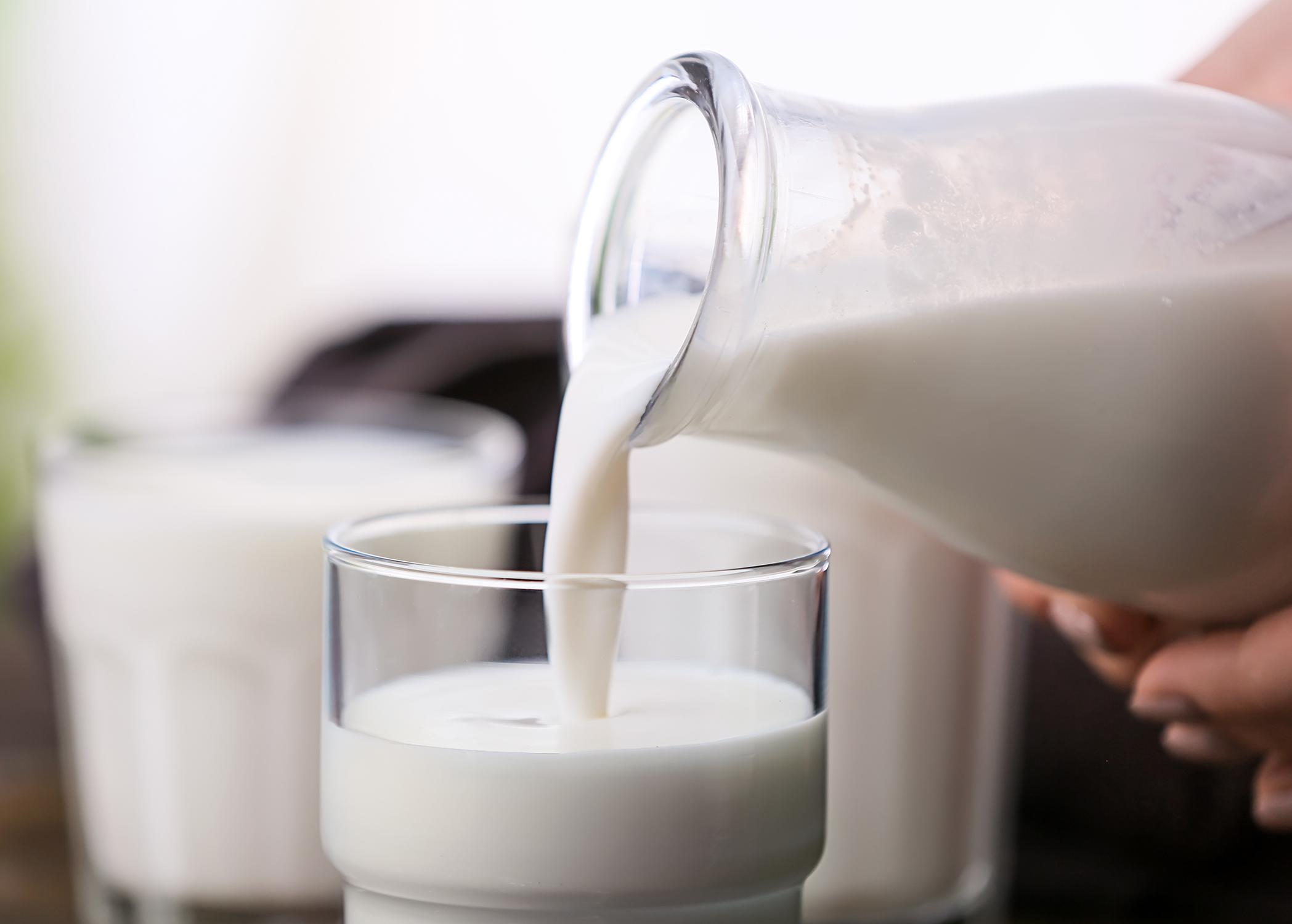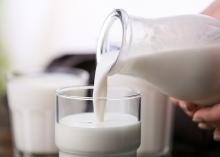Safety practices prevent spread of H5N1
STARKVILLE, Miss. -- A federal raw milk testing mandate has been issued to address bird flu outbreaks in U.S. dairy herds.
The U.S. Department of Agriculture’s Animal and Plant Health Inspection Service, or APHIS, declared the federal order Dec. 6 in response to more than 700 herds in 16 states having tested positive for H5N1. The agency billed the announcement as the start of its National Milk Testing Strategy program.
“Since the first HPAI detection in livestock, USDA has collaborated with our federal, state and industry partners to swiftly and diligently identify affected herds and respond accordingly. This new milk testing strategy will build on those steps to date and will provide a roadmap for states to protect the health of their dairy herds,” said U.S. Agriculture Secretary Tom Vilsack in a USDA news release. “Among many outcomes, this will give farmers and farmworkers better confidence in the safety of their animals and ability to protect themselves, and it will put us on a path to quickly controlling and stopping the virus’ spread nationwide.”
The U.S. Centers for Disease Control and Prevention, or CDC, confirmed 61 total human cases of H5N1 bird flu in 2024 as of Dec. 18, 34 of which were in California. Louisiana, Washington, Colorado, Michigan, Missouri, Oregon and Texas round out the other states with confirmed cases.
Confirmed cases in animals from those operations are much more widespread. In addition to the dairy herd cases, APHIS confirmed 54 commercial and 40 backyard poultry flocks were infected just in the 30 days before Dec. 18, affecting more than 14 million birds. A commercial poultry facility in Tennessee confirmed highly pathogenic avian influenza, or HPAI, Dec. 3 in a flock, prompting animal health officials to set up a 6-mile control zone around the operation.
Only two of the human cases originate from an unknown source. The remaining cases were traced back to commercial poultry and dairy operations except for the Louisiana case, which was traced to a backyard flock.
As of Dec. 18, Mississippi has no reported cases in 2024.
CDC maintains that risk assessment for the general public is low and human-to-human bird flu transmission is unconfirmed, adding that symptoms of the virus in humans were still consistent with a mild flu, including fever, sore throat and cough. Past infections in humans have also included conjunctivitis, or pink eye.
Consumers of dairy and poultry goods can prevent contracting the virus by opting for pasteurized products and cooking poultry to a temperature of at least 165 degrees Fahrenheit, while backyard flock owners and employees of dairy and poultry operations will need to continue using strict biosecurity practices. Exposure to any sick or dead wild birds, poultry, domesticated birds or sick livestock animals is to be avoided.
“The Food and Drug Administration with other federal programs require a pasteurization process for all the commercial milk supply. Pasteurization is proven to kill harmful bacteria and viruses, including HPAI,” said Courtney Crist, food safety specialist with the Mississippi State University Extension Service. “Raw milk doesn’t go through those pasteurization processes, so raw milk from an infected cow can carry dangerous foodborne bacteria and viruses, such as E. coli, Salmonella and HPAI.”
MSU Extension dairy specialist Jessica Halfen said lactating cattle can shed significant amounts of the H5N1 virus in their milk, both before and after showing clinical signs of infection. Low levels of the virus have also been detected in urine, nasal secretions, and saliva. According to the USDA, the incubation period for the virus in dairy cattle can vary, ranging from 12 to 21 days.
Symptoms in dairy cattle may include a drop in milk production, thickened or colostrum-like milk, loss of appetite, changes in manure, and fever.
“To prevent contamination among your animals, it is recommended that you test any new animals before bringing them onto your farm. Encourage individuals to wear protective gear, such as eye, nose, and mouth protection while milking,” Halfen said. “Avoid feeding raw milk to other animals, or heat-treat it before doing so. Maintain distance between off-farm vehicles and equipment and the animals. Require clean or dairy-dedicated footwear for everyone entering your farm, as well as clean or dairy-dedicated clothing for animal handlers.”
MSU Extension poultry specialist Jonathan Moon said heightened industry biosecurity practices put in place at commercial operations since the HPAI outbreak began in 2022 should be replicated for backyard flocks. The Louisiana human case of H5N1 bird flu, which the CDC described in a Dec. 18 news release as the first severe one in the U.S., was the result of exposure to sick and dead birds in backyard flocks.
“Biosecurity is the best weapon we can use to help keep our flocks and herds safe and subsequently further keep the American consumer safe and secure,” Moon said. “A biosecurity plan is important for anyone in animal agriculture, including both commercial and hobby backyard growers. There are species specific guidelines available on USDA’s website for anyone wanting to learn more about protecting their livestock.”
One of the most important things that backyard poultry growers should consider is limiting traffic to prevent the spread of disease, Moon added.
“It’s not a good idea to have visitors to your farm if you can’t be sure they haven’t been around other poultry or wild birds,” he said. “You should also refrain from visiting other flocks, which increases the chance of you bringing something home and infecting your birds. If you for whatever reason are around other poultry or wild birds, it is best to shower and change clothes before visiting the coop.”
He also recommended backyard growers to wash hands regularly and have a dedicated pair of footwear that is only worn when tending the flock.
“If you have a good location and can maintain a disinfecting foot bath, this is a great way to ensure you are not tracking disease in or out of the coop on the bottom of your shoes,” Moon said. “Keeping your birds in a secure covered coop reduces the chance of them encountering other birds or animals, and possibly contracting disease.”
Rodents can also be a biosecurity risk, and keeping the area around a coop mowed and free of debris helps to limit hiding places.
MSU Extension publications with more HPAI information can be found online at extension.msstate.edu/publications/avian-flu/.










